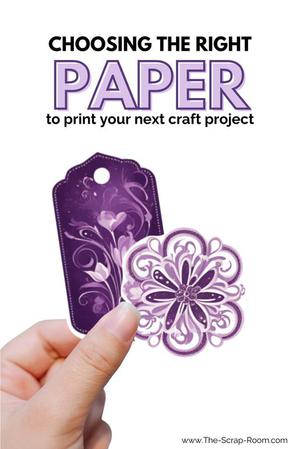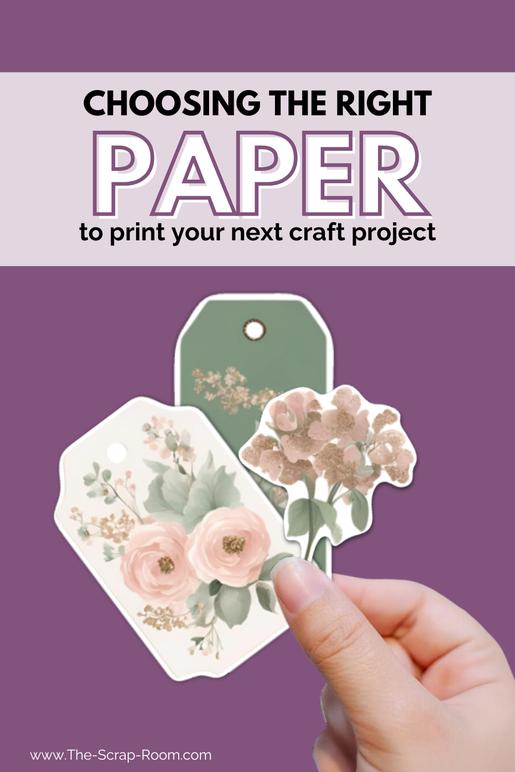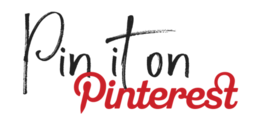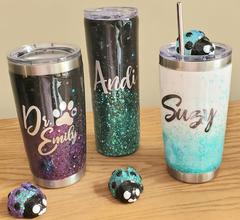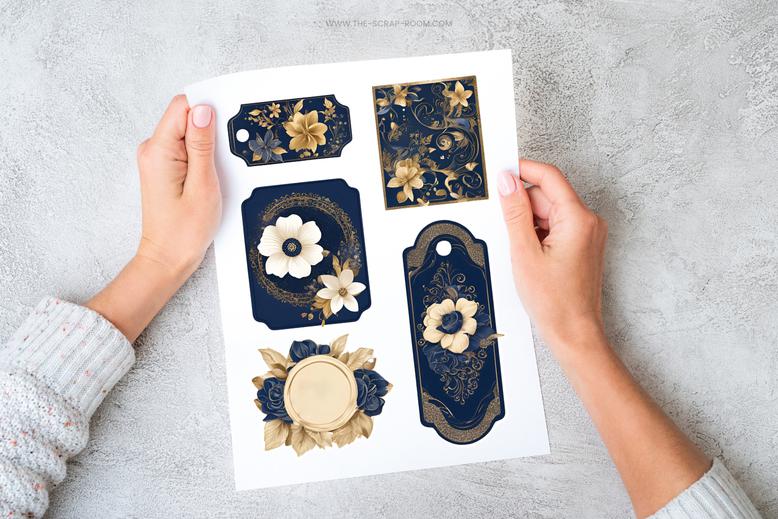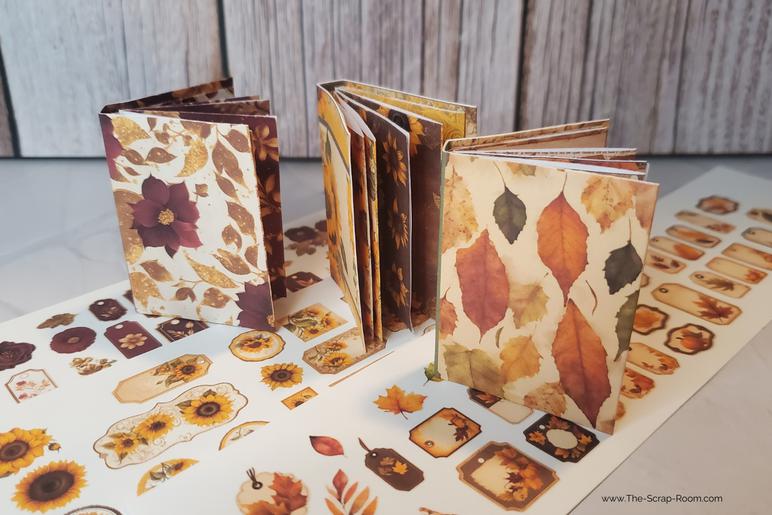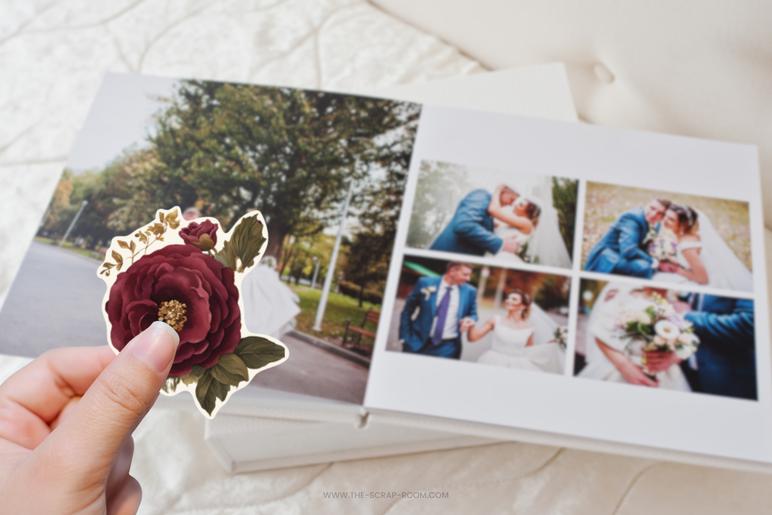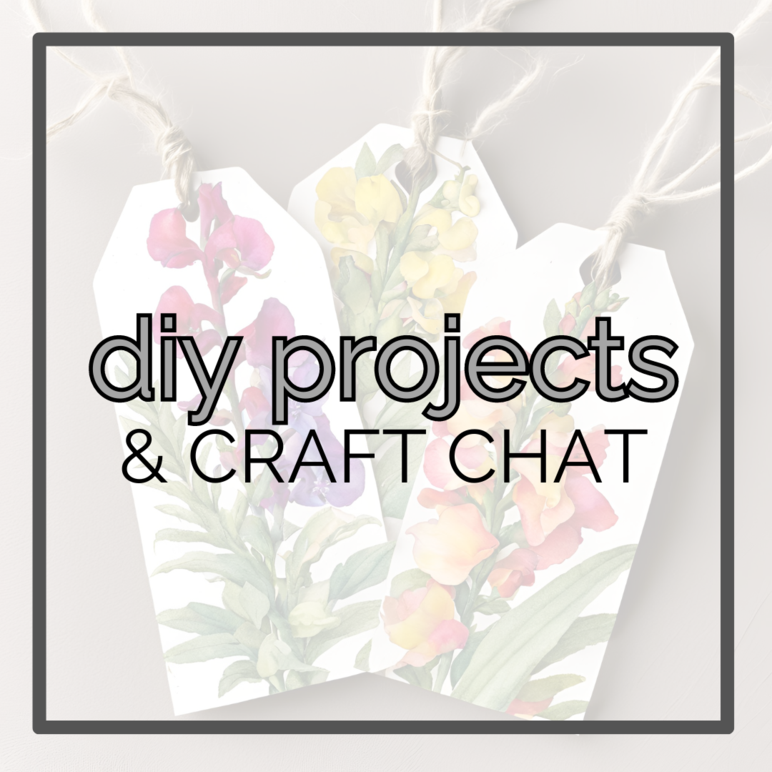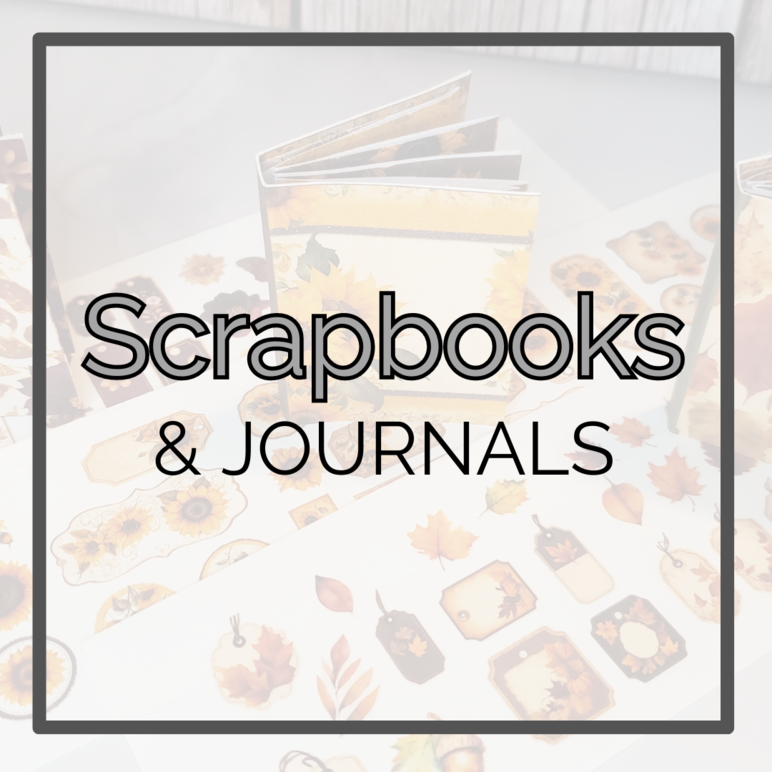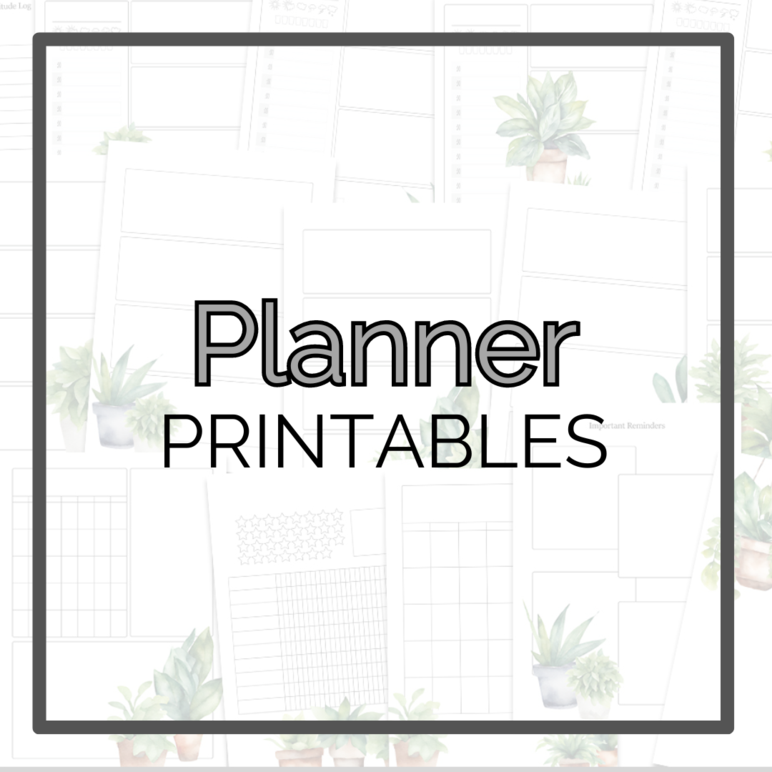You might
also enjoy...
Mastering Paper Choices:
Elevate Your Crafting with the Right Print Materials
A Guide to Selecting the Perfect Paper for Stunning Craft Projects
When it comes to printing designs for your craft projects, selecting the right type of paper can make all the difference in how your final creation turns out. From cardstock to adhesive paper, each paper type has its unique characteristics, and choosing the right one will ensure your prints look their best and suit the needs of your project.
Disclaimer: Please note that some of the links in this post may be affiliate links or ads. There is no additional cost to you, but The Scrap Room will earn a small commission should you choose to purchase through those links. Click here for my full disclaimer. Thank you for your support.
| ||||||||
| ||||||||
Are you a CRAFT BLOGGER? Join my networking group here!
Cardstock
Cardstock is a thicker, sturdier paper that is perfect for projects that require durability, like greeting cards, scrapbooking, and paper crafts that need to hold their shape. It works well for printing intricate designs, especially when paired with high-quality printer settings, as it can handle more ink saturation without warping. Cardstock is also available in a wide range of textures, weights, and finishes, allowing you to customize your projects for a polished, professional look. I use this Neenah 65# paper for most everyday craft projects, including printing greeting cards, scrapbook ephemera, mini journals and more. They also sell it in a 110# too, which is nice to have on hand for special projects that need a little more durability.
Printer Paper
Standard printer paper is lighter and thinner than cardstock, making it ideal for everyday printing or projects that don’t need the extra weight. This type of paper works well for printing coloring pages, test prints, or prototypes of your designs. For simple projects, standard settings on your printer will give you good results without consuming too much ink. However, if you’re aiming for a more vibrant and professional look, upgrading to a thicker paper or adjusting your print settings can elevate the final product.
Adhesive Paper
Adhesive paper, or sticker paper, is great for projects like labels, stickers, or decals. It’s available in different finishes such as matte or glossy, depending on the look you want. Printing on adhesive paper gives you the flexibility to create custom stickers that can be used in scrapbooking, journaling, or even as decorative labels for handmade items. When printing on adhesive paper, consider using a higher quality setting to ensure the colors are bold and clear, especially if the design has intricate details. This is the sticker paper that I usually use for making stickers, but if I'm making something special that needs a little gloss to it, I've been really happy with this one by Koala.
How Print Settings and Paper Quality Affect Your Results
The paper you choose isn't the only factor that affects the outcome of your print. The quality of the paper combined with your printer settings can dramatically alter your final results. Higher-quality papers are designed to absorb ink differently, which can lead to more vibrant colors and sharper details. However, for thicker papers like cardstock, you may need to adjust your printer’s settings to ensure the best print quality.
If you’re using standard settings on premium paper, you may not get the full benefit of the material. That’s why it’s important to experiment with different print settings—like increasing the quality or choosing a heavier paper option—to see how they impact the outcome. For more tips on optimizing your print settings, be sure to check out our post on choosing the right printer settings for your craft projects!
Other Types of Craft Paper to Consider
Vellum Paper: This translucent, lightweight paper adds a delicate and elegant touch to invitations, overlays, and cards. Use vellum for layering in scrapbooks or adding soft, ethereal details to projects. Be mindful that it requires careful handling during printing to avoid smudging.
Tissue Paper: Often used for decoupage or gift wrapping, tissue paper can be printed on if your printer supports lightweight materials. It’s excellent for adding texture to paper crafts.
Watercolor Paper: This thick, textured paper is designed to handle wet media but also works well for crafting projects where you want a hand-painted look. Use it for printable watercolor designs to get an authentic feel.
Photo Paper: Ideal for high-quality photo prints or designs that require a glossy, professional finish. It’s a great choice for crafting with images or digital art where you want the colors to pop.
Printable Embellishments to Try Out
To help you put your new knowledge into practice, we’re sharing a free set of printable Shabby Pink paper crafting embellishments! (below)
These designs are perfect for experimenting with different types of paper and print settings. Whether you’re printing on cardstock, adhesive paper, or standard printer paper, this freebie will give you the opportunity to see firsthand how choosing the right materials and settings can transform your crafting experience.
In today’s world of high-tech, digital designs are right at your fingertips, allowing you to dream bigger and push the boundaries of your creativity. Learning how to print your designs properly will open up new possibilities for your craft projects, making it easier to create beautiful, professional-quality pieces from home.
So, go ahead and grab your free set of printable embellishments, and start exploring how the right paper and print settings can elevate your crafting game!
